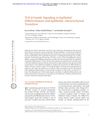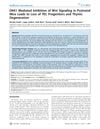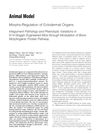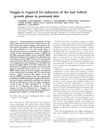The Organizer And Beyond
July 2001
in “
Cell
”
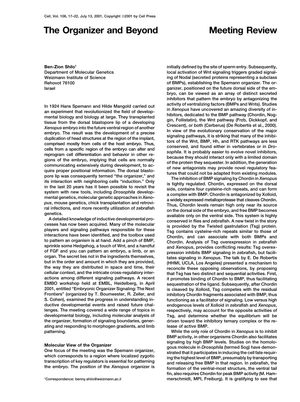
TLDR Cells from certain embryo parts can induce head formation in another embryo, involving complex signaling pathways.
In 1924, Hans Spemann and Hilde Mangold's experiment introduced the concept of "the organizer" in developmental biology, showing that cells from the dorsal blastopore lip of a Xenopus embryo could induce head structure formation in another embryo. Over the past 20 years, advancements in genetic and molecular tools have elucidated the signaling pathways and molecular players involved in embryonic patterning, such as BMP, Hedgehog, Wnt, and FGF. The Spemann organizer's role involves a complex interplay of inhibitors and signaling molecules, with evolutionary conservation and diversity across species. The 2001 EMBO workshop reviewed these developments, emphasizing the importance of spatial and temporal regulation of signaling pathways. The document also discussed mechanisms of morphogen spreading and signaling, highlighting various models and the importance of understanding these processes for comprehending morphogen gradients during development. Despite progress, some mechanisms, like the Hh/Ptc complex's effect on Smoothened, remained unclear, and future goals included revealing molecular mechanisms of organogenesis and control of cell and organ size, with innovative genetic screens proposed to link developmental signaling pathways with cell-based processes.


